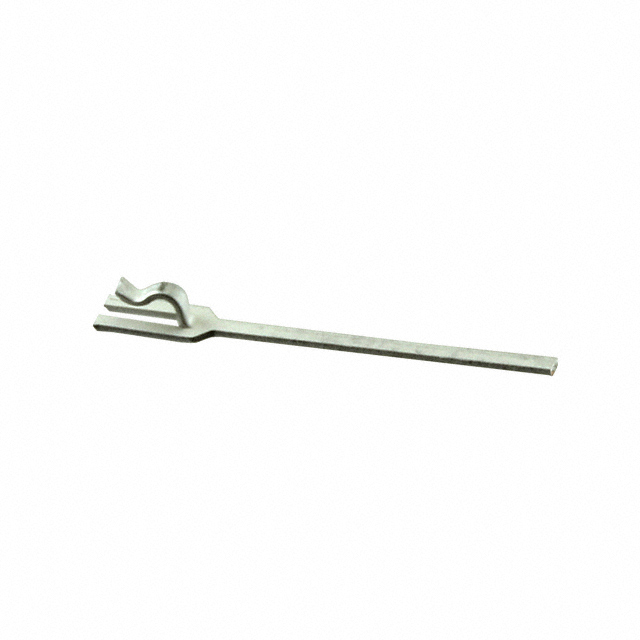

- RFQ
- BOM
-
Contact Us
Tel: +86-0755-83501315
Email: sales@sic-components.com
- Chinese
- English
- French
- German
- Portuguese
- Spanish
- Russian
- Japanese
- Korean
- Arabic
- Irish
- Greek
- Turkish
- Italian
- Danish
- Romanian
- Indonesian
- Czech
- Afrikaans
- Swedish
- Polish
- Basque
- Catalan
- Esperanto
- Hindi
- Lao
- Albanian
- Amharic
- Armenian
- Azerbaijani
- Belarusian
- Bengali
- Bosnian
- Bulgarian
- Cebuano
- Chichewa
- Corsican
- Croatian
- Dutch
- Estonian
- Filipino
- Finnish
- Frisian
- Galician
- Georgian
- Gujarati
- Haitian
- Hausa
- Hawaiian
- Hebrew
- Hmong
- Hungarian
- Icelandic
- Igbo
- Javanese
- Kannada
- Kazakh
- Khmer
- Kurdish
- Kyrgyz
- Latin
- Latvian
- Lithuanian
- Luxembou..
- Macedonian
- Malagasy
- Malay
- Malayalam
- Maltese
- Maori
- Marathi
- Mongolian
- Burmese
- Nepali
- Norwegian
- Pashto
- Persian
- Punjabi
- Serbian
- Sesotho
- Sinhala
- Slovak
- Slovenian
- Somali
- Samoan
- Scots Gaelic
- Shona
- Sindhi
- Sundanese
- Swahili
- Tajik
- Tamil
- Telugu
- Thai
- Ukrainian
- Urdu
- Uzbek
- Vietnamese
- Welsh
- Xhosa
- Yiddish
- Yoruba
- Zulu
- Kinyarwanda
- Tatar
- Oriya
- Turkmen
- Uyghur
Electronic Component Package Types
Electronic component package types serve as the interface between semiconductor devices and their application environments, ensuring mechanical protection, thermal management, and electrical connectivity. This article provides a detailed analysis of the most common packaging technologies, their applications, and the evolving trends shaping the industry.
1. Through-Hole Packaging
Dual In-line Package (DIP)
Structure: Features two parallel rows of pins extending from a rectangular plastic or ceramic body.
Applications: Legacy microcontrollers, timers (e.g., NE555), and early memory chips.
Advantages: Easy manual soldering, low cost, and compatibility with breadboard prototyping.
Limitations: Large footprint, limited pin count (typically ≤100), and low density.
Pin Grid Array (PGA)
Structure: Ceramic or plastic package with pins arranged in a grid pattern on the bottom.
Applications: High-performance CPUs (e.g., Intel Pentium Pro) and FPGAs.
Advantages: High pin count (up to 1,000+), excellent thermal dissipation.
Limitations: Requires socketed installation, high cost.
2. Surface Mount Technology (SMT)
Small Outline Package (SOP)
Structure: Thin, rectangular package with gull-wing leads on two sides.
Applications: Operational amplifiers (e.g., LM358), voltage regulators, and low-power ICs.
Advantages: Compact size, high density, and automated assembly.
Limitations: Limited pin count (≤40).
Quad Flat Package (QFP)
Structure: Square package with J-shaped or gull-wing leads on all four sides.
Applications: Microcontrollers, ASICs, and DSPs.
Advantages: High pin count (up to 208), fine pitch (0.5–0.8 mm).
Limitations: Sensitive to thermal stress, complex rework.
Quad Flat No-lead (QFN)
Structure: Leadless package with exposed thermal pad on the bottom.
Applications: Power management ICs, sensors, and RF modules.
Advantages: Ultra-compact, excellent thermal performance, and low parasitic inductance.
Limitations: Requires precise soldering.
Ball Grid Array (BGA)
Structure: Solder balls replace leads, arranged in a grid on the package bottom.
Applications: GPUs (e.g., NVIDIA RTX series), mobile processors (e.g., Apple A-series).
Advantages: High pin count (up to 4,000+), reduced signal noise, and improved thermal performance.
Limitations: Complex reflow soldering, high cost.
Chip Scale Package (CSP)
Structure: Package size ≤1.2× die size, with solder balls or leads.
Applications: Memory chips (e.g., DDR4), MEMS sensors, and cameras.
Advantages: Ultra-miniaturization, high I/O density.
Limitations: Sensitive to mechanical stress.
3. Advanced Packaging Technologies
Flip Chip
Structure: Chip is flipped and attached to the substrate using solder bumps.
Applications: High-speed processors, automotive ECUs, and AI accelerators.
Advantages: Short signal paths, high bandwidth, and improved thermal dissipation.
Limitations: Requires underfill material for reliability.
System-in-Package (SiP)
Structure: Multiple dies (e.g., CPU, memory, sensors) integrated into a single package.
Applications: Wearables (e.g., Apple Watch), 5G modules, and IoT devices.
Advantages: Reduced form factor, improved system performance, and design flexibility.
Limitations: Complex design and high manufacturing cost.
2.5D/3D Packaging
Structure: Dies are stacked vertically (3D) or placed on an interposer (2.5D).
Applications: High-performance computing (HPC), AI servers, and data centers.
Advantages: Ultra-high density, reduced latency, and improved power efficiency.
Limitations: Requires advanced materials (e.g., silicon interposers) and precision assembly.
Chiplet Technology
Structure: Complex chips are divided into smaller, reusable dies (chiplets) connected via advanced packaging.
Applications: AMD EPYC CPUs, Intel’s FPGA-based systems.
Advantages: Reduced design cost, improved yield, and scalability.
Limitations: Requires standardized interfaces (e.g., UCIe).
4. Packaging Materials and Environmental Considerations
Materials
Plastic: Cost-effective, widely used (e.g., SOP, QFP).
Ceramic: High thermal conductivity, hermetic sealing (e.g., PGA).
Metal: Excellent EMI shielding, used in military/aerospace.
Environmental Standards
RoHS Compliance: Restricts hazardous substances (e.g., lead, mercury) in packaging materials.
Lead-Free Soldering: Adopts Sn-Cu or Sn-Ag-Cu alloys to meet environmental regulations.
5. Key Trends and Future Directions
Miniaturization: Adoption of CSP and WLP for portable devices.
Heterogeneous Integration: SiP and Chiplet technologies enable multi-die systems.
Advanced Substrates: Glass interposers and organic materials for high-performance computing.
Sustainability: Development of eco-friendly materials and recycling processes.
Conclusion
Electronic component packaging is a critical enabler of modern electronics, balancing performance, reliability, and cost. From traditional DIP to cutting-edge 3D ICs, each package type addresses specific application needs. As technology evolves, advanced packaging will play a pivotal role in overcoming Moore’s Law limitations and driving innovation in AI, IoT, and HPC.
https://www.sic-components.com/category-all

Hot Products
View MoreRelated Blogs

2000+
Daily average RFQ Volume

30,000,000
Standard Product Unit

2800+
Worldwide Manufacturers

15,000 m2
In-stock Warehouse














 Wishlist (0 Items)
Wishlist (0 Items)